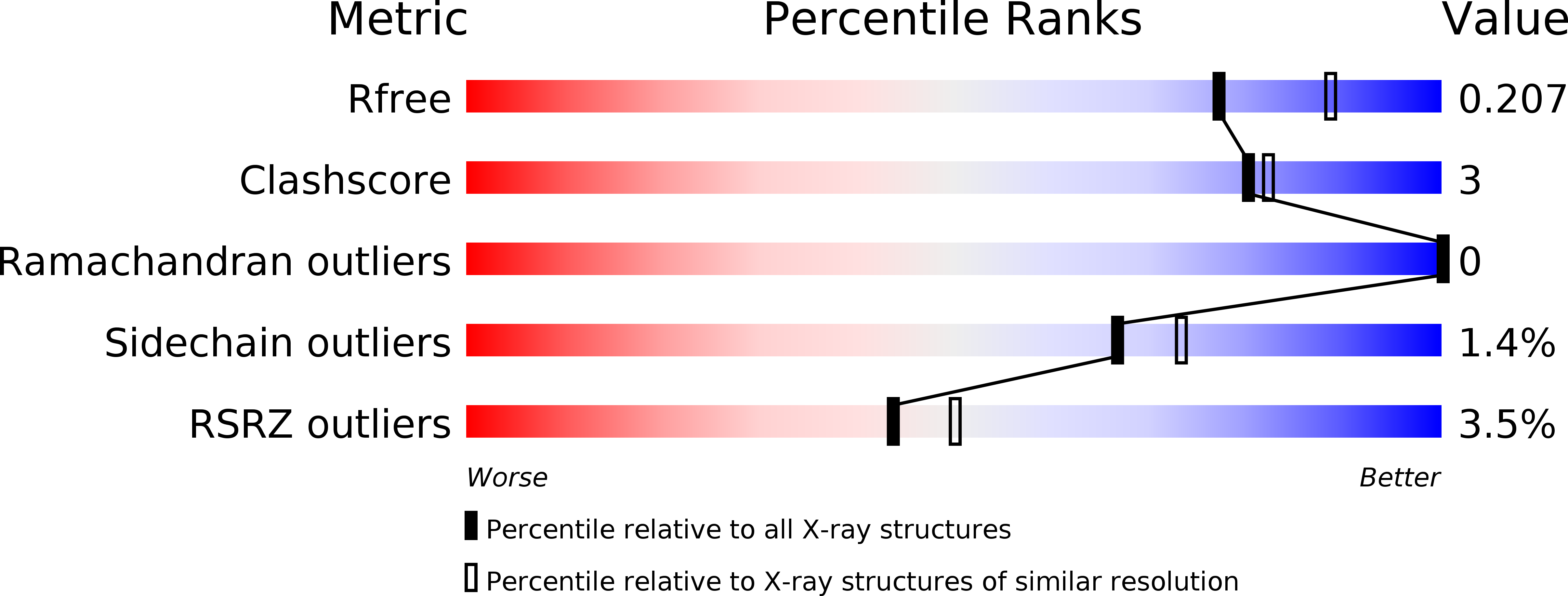
Deposition Date
2010-04-16
Release Date
2010-12-01
Last Version Date
2024-11-06
Entry Detail
PDB ID:
3MLH
Keywords:
Title:
Crystal structure of the 2009 H1N1 influenza virus hemagglutinin receptor-binding domain
Biological Source:
Source Organism:
Influenza A virus (Taxon ID: 644887)
Host Organism:
Method Details:
Experimental Method:
Resolution:
2.09 Å
R-Value Free:
0.20
R-Value Work:
0.17
R-Value Observed:
0.17
Space Group:
P 1 21 1


